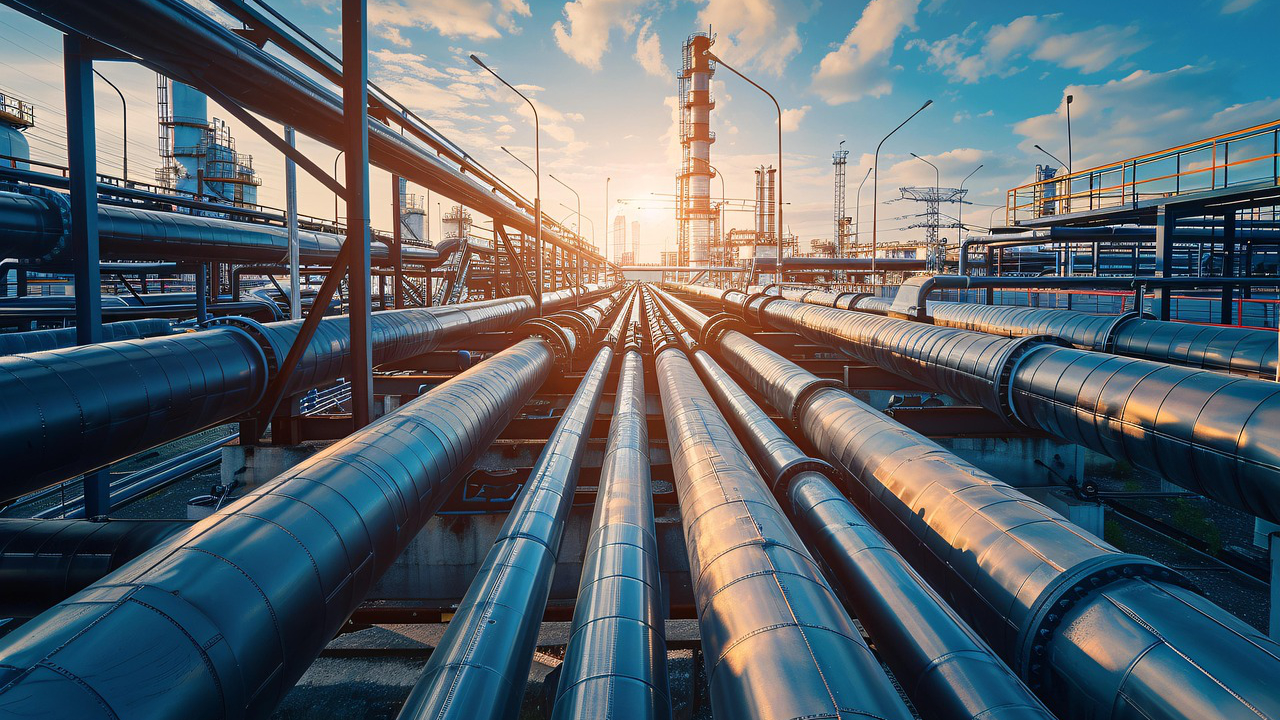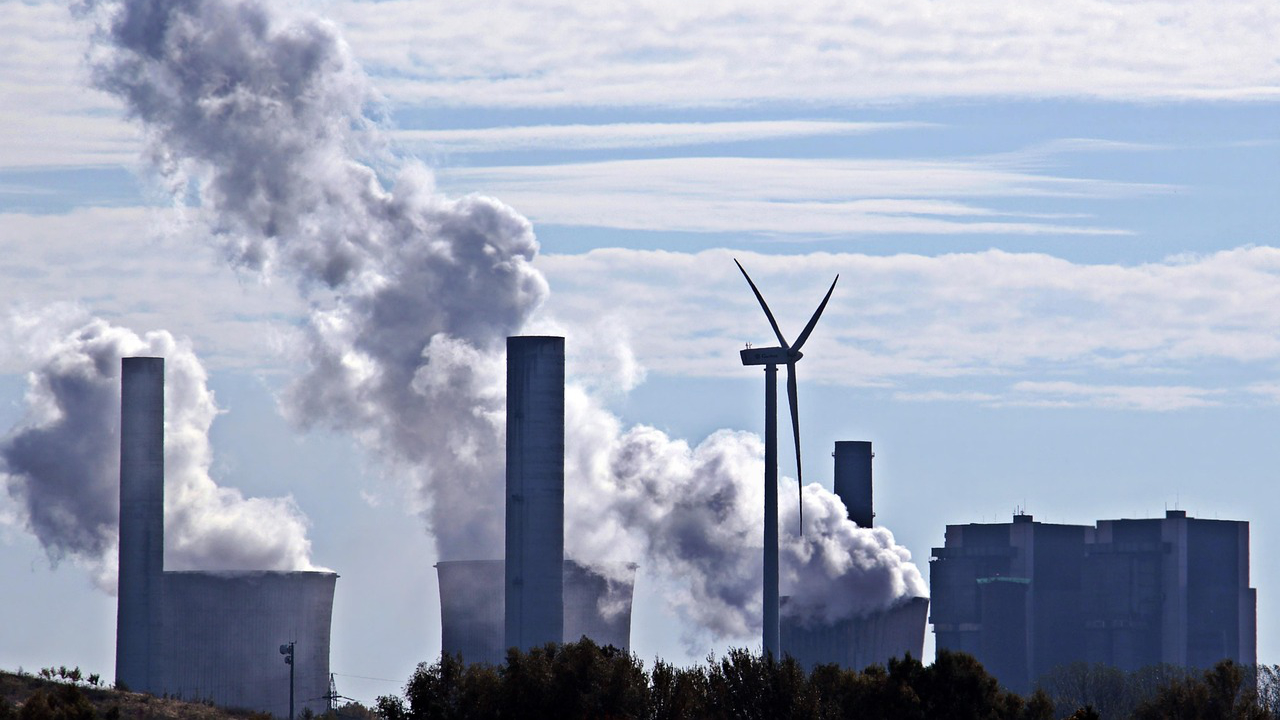


| • Process emission | |
| Catalytic cracking regenerated flue gas | containing C3-C5 olefin, polycyclic aromatic hydrocarbons, flue gas temperature 650-750℃ |
| Continuous reforming regenerated exhaust gas | benzene/toluene/xylene concentration 5,000-20,000mg/m³, hydrogen content >85% |
| Hydrocracking cycle gas | containing C1-C4 light hydrocarbons, methane accounted for 60-80%, pressure fluctuation 8-15MPa |
| • Dissipation of storage and transportation system | |
| Floating floor tank seal failure | edge breathing loss rate 0.5-1.2kg/h, BTEX daily emissions up to 50-80kg |
| Oil and gas escape | the peak oil and gas concentration is 1.2-1.5× saturated vapor pressure, ~500-800g/m³ |
| • Volatilization of wastewater treatment | |
| Volatilization on the surface of the oil-separating tank | sulfide accounts for 18-25% |
| Aeration tank gas stripping discharge | chlorine-containing VOCs 50-150mg/m³, gas-water ratio 15-30:1 |
| • Coal gasification purification section | |
| Rectisol tail gas | methanol vapor load 0.8–1.5%, H₂S escape concentration 3,000–6,000 mg/m³ |
| Sulfur recovery device leakage | Klaus process tail gas contains COS 50–150 mg/m³, CS₂ 80–200 mg/m³ |
| • Coal tar processing section | |
| Tar distillation overhead gas | benzo[a]pyrene concentration reached 200 μg/m³, naphthalene series accounted for 40–60% |
| Hydrofining exhaust gas | phenolic substance concentration 800–1,500 mg/m³, ammonia content 200–500 ppm |
| • High concentration wastewater treatment section | |
| Phenol ammonia recovery unit | H₂S concentration peak and valley value 300–1,200 ppm, pH value 2.8–3.5 |
| Biochemical treatment tank | volatile fatty acid (VFA) emission rate 0.5–1.2 kg/h, mercaptan odor intensity >5,000 |
Technical features:contain pollutants with significantly different physical and chemical properties, such as low-boiling esters + high-boiling PAHs + solid particulate matter. There are interactions such as azeotrope and adsorption competition
Technical bottleneck:the treatment efficiency of traditional process declines
Fluctuation characteristics:quantify the fluctuation range of concentration, the variation range of air volume, and the instantaneous temperature change rate >20℃/min
Engineering impact:system resistance to shock load (such as RTO responds to 300% concentration change in 5 minutes), equipment fatigue damage (starting and stopping 5 times a day leads to thermal stress accumulation)
Corrosion media:Identify the type of corrosion factor (e.g. HS2>200ppm, Cl⁻>1,000mg/m³), pH extreme value (e.g. Phenol wastewater pH<3)
Failure data:equipment life decay rate (such as carbon steel corrosion rate >0.5mm/ year in sulfur-containing waste gas)
Explosion risk:LEL concentration and operating conditions overlap degree
Toxicity control:concentration of acute toxic substances (e.g. Acrylonitrile <0.5mg/m³), limit of carcinogens (benzene <0.5mg/m³)
Energy consumption index:the power consumption per unit of treatment and the heat recovery efficiency
Cost contradiction:high removal rate demand and operating costs
